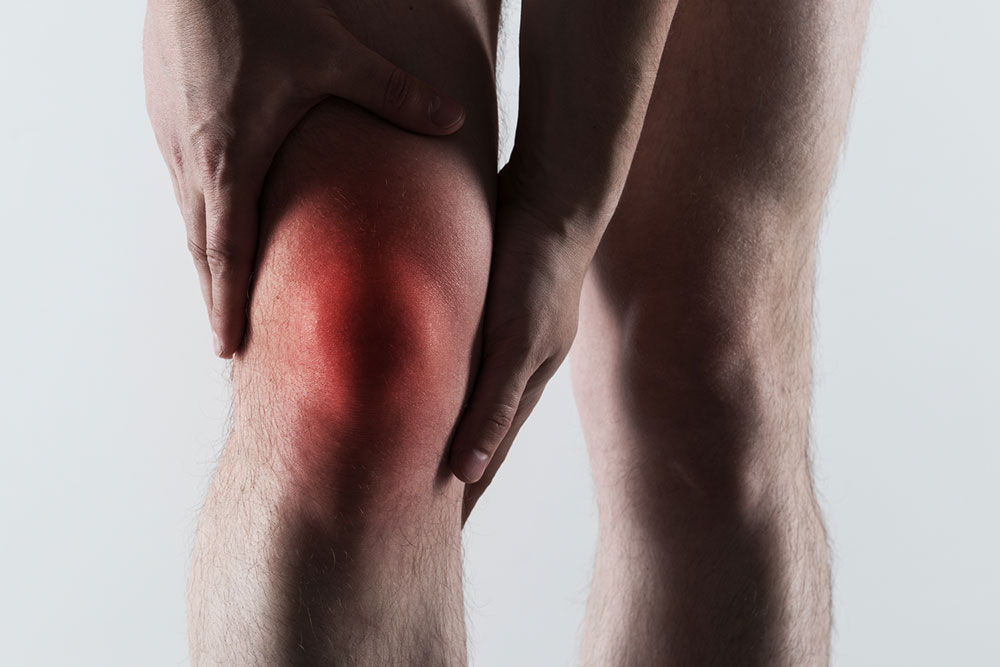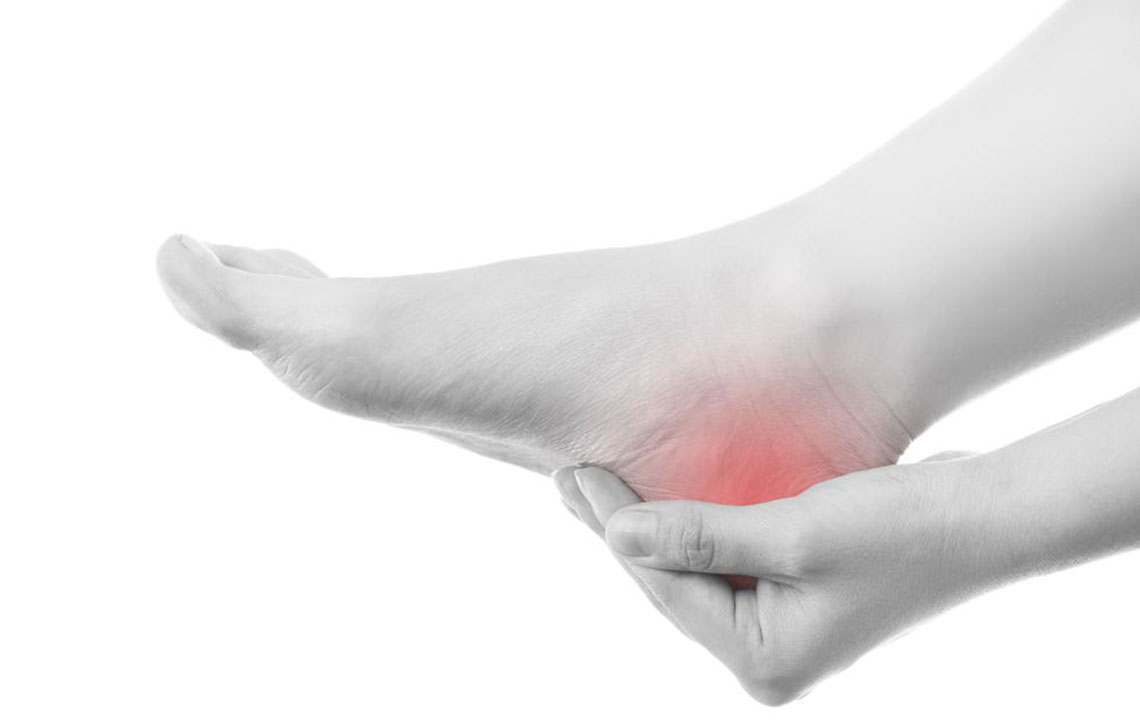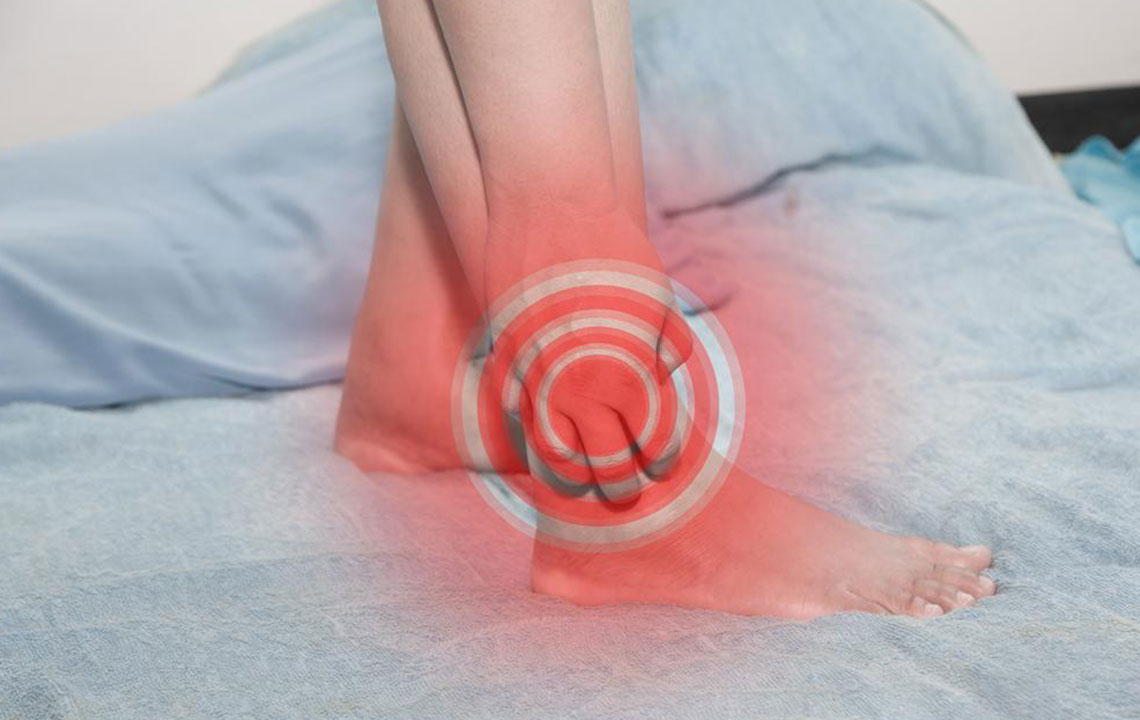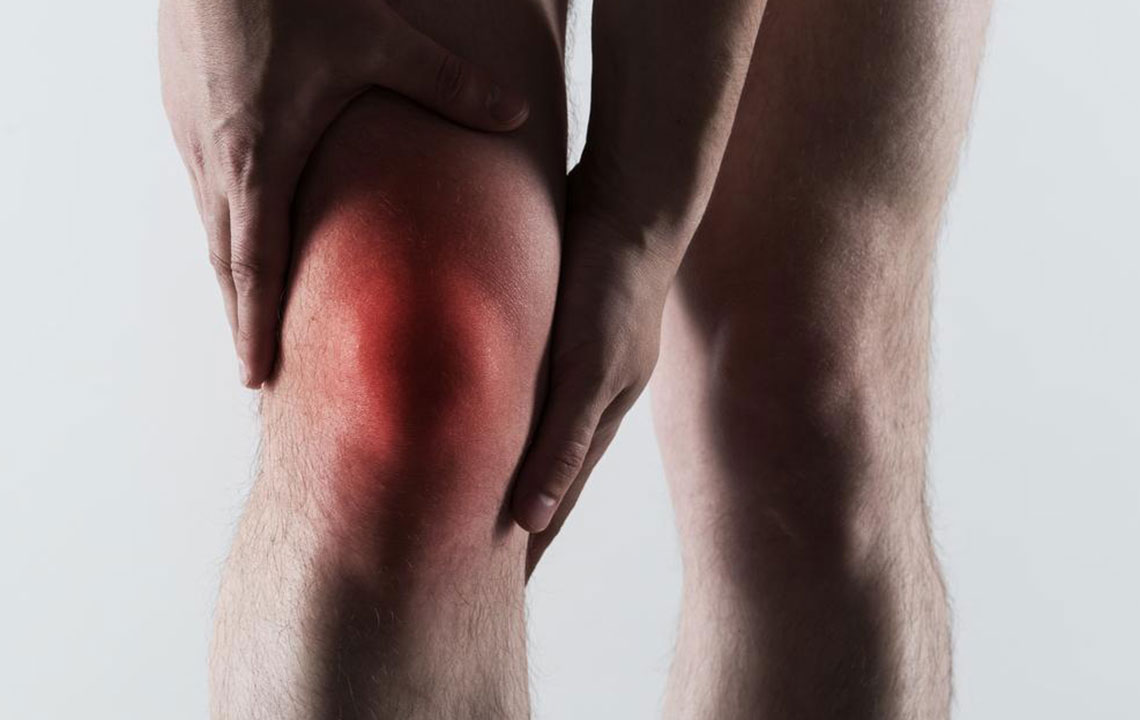Comprehensive Guide to Effectively Managing Gout and Preventing Flare-Ups
This comprehensive guide explores effective strategies for managing gout, emphasizing lifestyle changes, dietary management, medication options, and the importance of early intervention. It highlights practical tips for reducing flare-ups, controlling uric acid levels, and preventing joint damage. Perfect for those seeking a detailed understanding of gout prevention and treatment, this article offers actionable insights to enhance quality of life and reduce the impact of this painful condition.

Comprehensive Strategies for Effectively Managing Gout and Preventing Flare-Ups
Gout is a form of inflammatory arthritis characterized by sudden and severe pain, swelling, redness, and tenderness in the joints, often affecting the big toe. If not managed properly, gout attacks can become more frequent and debilitating, significantly impacting an individual's quality of life. Successful management requires a multifaceted approach that combines lifestyle modifications, dietary adjustments, appropriate medication, and regular medical supervision. Understanding the underlying causes and symptoms of gout is essential for effective prevention and treatment.
Gout results from an excess of uric acid in the bloodstream, which can crystallize in the joints and tissues, triggering intense inflammatory responses. Managing this condition begins with understanding its symptoms, risk factors, and triggers. Symptoms typically include sudden pain, swelling, warmth, and redness in the affected joint, often occurring at night or early morning. Key risk factors include genetic predisposition, obesity, certain dietary habits, alcohol consumption, and underlying health conditions such as hypertension or metabolic syndrome.
When a gout attack occurs, immediate relief is crucial. Applying an ice pack directly to the affected joint can help reduce pain and inflammation. Elevating the joint and resting are also recommended to minimize stress and prevent further aggravation. Furthermore, increasing water intake helps dilute uric acid levels, facilitating its excretion through urine. Managing stress levels is equally important, as emotional or physical stress can act as triggers for flare-ups. Stress-reducing techniques such as meditation, deep breathing exercises, or gentle yoga may be beneficial.
As individuals age, their joints tend to become more susceptible to pain and inflammation, making proactive lifestyle choices vital. Regular checkups with healthcare professionals enable monitoring of uric acid levels and early detection of potential complications. Treatment strategies encompass the use of medications to alleviate pain and control uric acid. Nonsteroidal anti-inflammatory drugs (NSAIDs) are commonly prescribed for quick symptom relief. In cases where NSAIDs are unsuitable, corticosteroids—either injected directly into the joint or taken orally—are effective alternatives. Historically, herbal remedies like colchicine have also been used to manage gout symptoms, providing additional options for patients seeking natural therapeutics.
Preventing future gout episodes hinges on controlling uric acid levels. Doctors may recommend medications that either reduce uric acid production, such as allopurinol or febuxostat, or increase uric acid excretion via drugs like probenecid. Alongside medication, adopting a gout-friendly diet plays a critical role. This includes reducing intake of high-purine foods such as red meats, organ meats, certain types of fish (e.g., sardines or mackerel), and avoiding or limiting alcohol, especially beer. Maintaining a healthy weight through balanced nutrition and regular exercise can also lower uric acid levels and decrease stress on the joints.
Early intervention is key to preventing irreversible joint damage and avoiding the need for invasive procedures like joint replacement surgery. Patients should actively participate in their treatment plans, adhering to prescribed medications, making dietary modifications, and implementing lifestyle changes. Additionally, staying hydrated, avoiding excessive alcohol consumption, and managing other health conditions like hypertension and obesity contribute significantly to long-term gout control. Education about the triggers and effective management techniques empowers individuals to take charge of their health and reduce the frequency of attack episodes.
In cases where joint damage has already occurred, or gout becomes chronic and resistant to standard therapies, surgical intervention might be necessary. Procedures such as joint aspiration or removal of tophi can provide relief and restore function. However, these are last-resort options, and most patients can manage their symptoms effectively through comprehensive lifestyle and medical strategies. Innovative therapies and ongoing research continue to improve gout management, offering hope for better control and improved quality of life for affected individuals.





